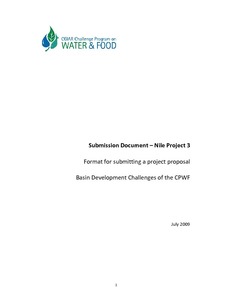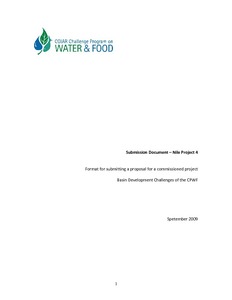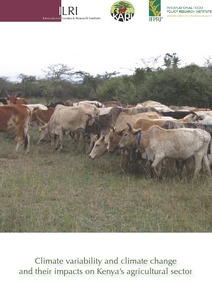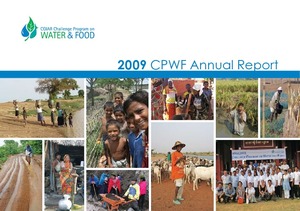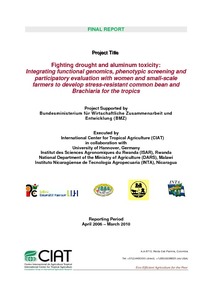Physical properties of dystrophic Red Latosol (Oxisol) under different agricultural uses
Obtaining information about soil properties under different agricultural uses to plan soil management is very important with a view to sustainability in the different agricultural systems. The aim of this study was to evaluate changes in certain indicators of the physical quality of a dystrophic Red Latosol (Oxisol) under different agricultural uses. The study was conducted in an agricultural area located in northern Paraná State.



